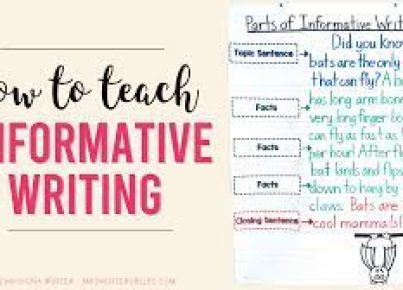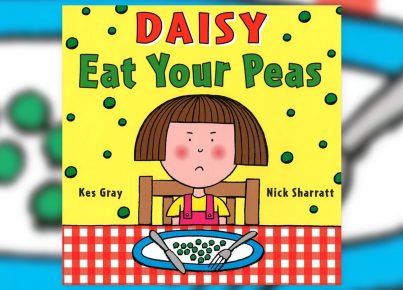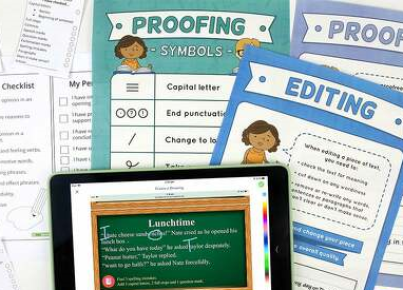1. Storytelling with Illustrations: Have students draw their own illustrations and then create a captivating story based on their artwork.
2. Sensory Writing: Encourage students to write descriptive stories by focusing on their five senses.
3. Collaborative Writing: Divide students into groups and have them write a story together, with each member contributing to different sections.
4. Alphabet Stories: Have students create stories using words that begin with each letter of the alphabet in sequence.
5. Picture Prompts: Provide interesting images as a starting point for creative stories or descriptions.
6. Diary Entries: Help students develop personal writing skills by having them write journal entries from the perspective of a fictional character.
7. Postcard Stories: Ask students to write and design postcards detailing the adventures of their characters in different locations.
8. Poetry: Introduce various poetic forms such as haikus, limericks, and acrostic poems for students to experiment with and express themselves creatively.
9. Rewriting Classics: Have students rewrite a classic fairytale or fable, giving it their own unique twist.
10. Character Interviews: Students can pretend to be their favorite book character and answer interview questions from their classmates.
11. Comic Strips: Encourage visual storytelling by having students create comic strips featuring original characters and plotlines.
12. Six-Word Stories: Challenge students to tell compelling stories using just six words, emphasizing the importance of carefully chosen language.
13. Group Sentence Story: Starting with a single sentence provided by the teacher, have each student contribute one sentence at a time, building an unexpected and collaboratively written story.
14. Adjective Mash-Up: Have students create new adjectives by combining different words or inventing entirely new terms to describe things in their stories.
15. Cross-Curricular Writing: Encourage writing skills practice across subjects by incorporating creative writing responses into science, social studies or other academic topics.
16. Adventure Maps: Students can create imaginary maps and write descriptive stories about the features, landforms, and inhabitants found within their created worlds.
17. Tactile Writing: Provide students with various textured materials (e.g., sandpaper, fabrics) to inspire tactile descriptions in their stories.
18. Time Capsules: Have students create stories as if they’re leaving time capsules, with each written artifact sharing a unique aspect of their life or culture.
19. Mystery Boxes: Place interesting objects inside a closed box and have students write detailed stories about what they imagine might be inside.
20. Letter Writing: Have students practice writing letters on various topics, such as friendly letters to distant pen pals or persuasive letters for a cause they care about.





